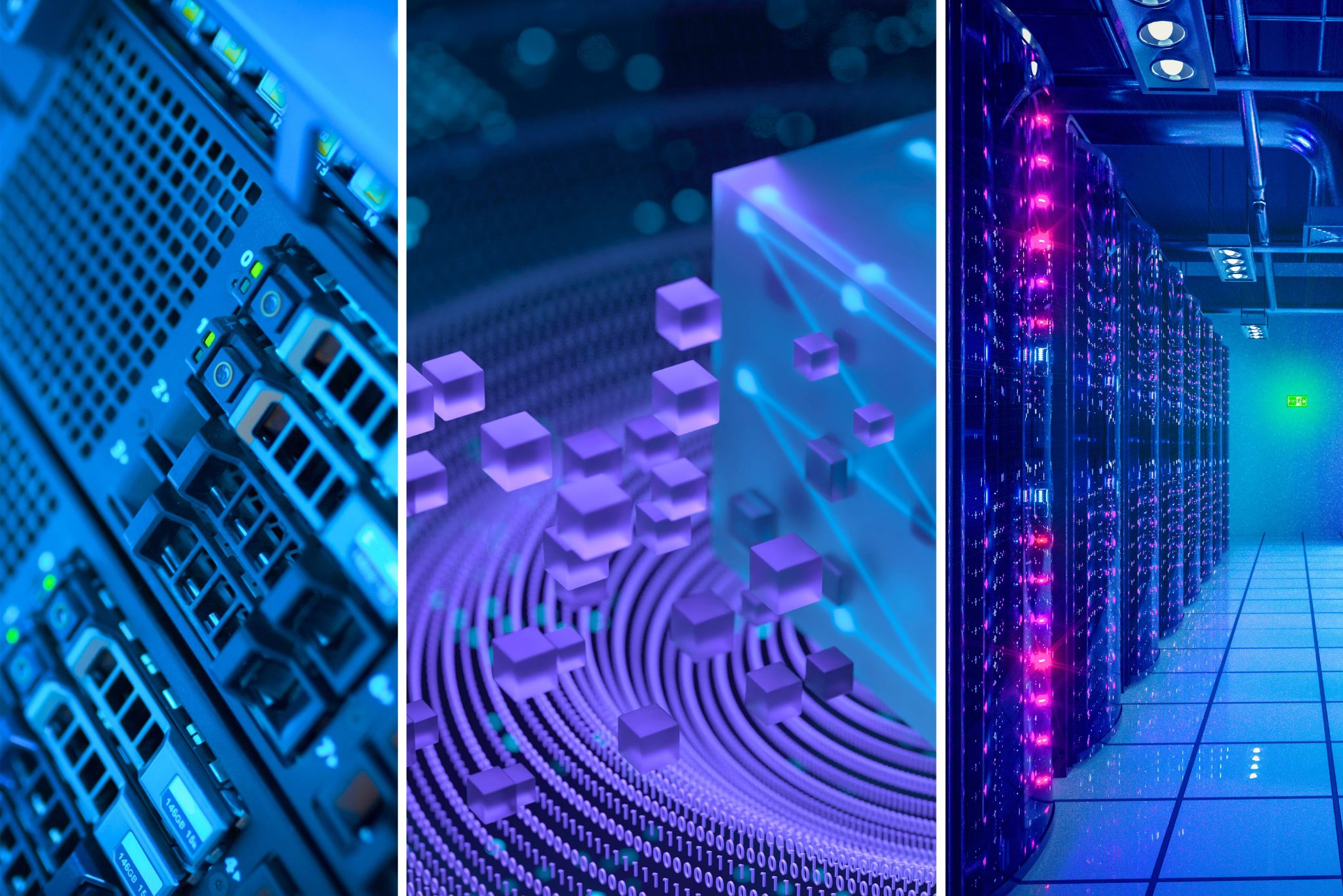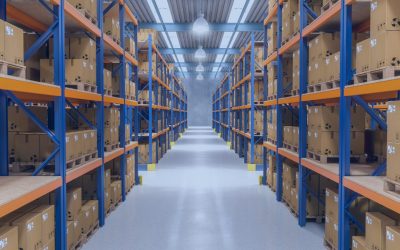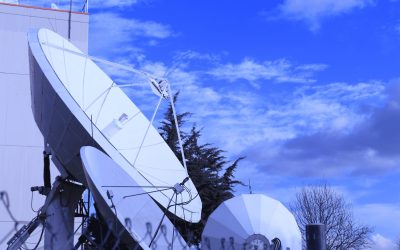The worldwide boom in data centers is driving strong demand for efficient cooling solutions
The data center cooling solutions market experienced strong growth over the past year. In 2024, the market reached an estimated value of USD 16.84 billion, with projections indicating USD 18.78 billion in 2025 and approximately USD 42 billion by 2032. This reflects a compound annual growth rate (CAGR) of around 12–16% throughout this decade.
Some research firms even cite annual growth rates exceeding 13–18%, driven by the high demand for new digital infrastructure. These figures highlight the rapid expansion of data centers worldwide and the urgent need for effective thermal solutions.
Market forecasts show that growth is not uniform across all regions or technology segments. In particular, newer technologies, such as liquid cooling, are expanding faster than traditional solutions. For example, the liquid cooling segment started at USD 4 billion in 2024 and could exceed USD 20 billion by 2034, with a CAGR above 19–30%. This contrasts with more moderate growth in traditional air conditioning systems.
Drivers: Energy Efficiency and Sustainability
Energy use in data centers has become a central concern. Some estimates suggest that by 2025, data centers could account for up to 20% of global electricity consumption. While this figure may vary depending on the source, it underscores the scale of the energy challenge.
Cooling systems are at the heart of the efficiency strategy. In a typical data center, climate control accounts for 30–40% of the total energy usage. Deploying more efficient technologies helps lower PUE (Power Usage Effectiveness) and directly supports sustainability goals.
For instance, Google has managed to run large data centers with PUE levels close to 1.12. This means that 83% of the energy goes toward computing, with only 17% used for overhead (including cooling). This level of efficiency, well above the industry average of 1.58 PUE, has been achieved through innovations in cooling and energy management.

New Cooling Technologies for Data Centers
The industry’s response to these challenges has been the accelerated development of cooling technologies. In 2024–2025, there is a growing adoption of innovative approaches, including:
Liquid Cooling (Direct and Immersive)
This method uses liquids (such as water or dielectric coolants) to extract heat more efficiently than air. This segment is expanding quickly because it reduces energy consumption and supports high-density servers. Submerging components in specialized liquids or placing cold plates on CPUs/GPUs improves thermal conductivity and can lower operating temperatures, enhancing reliability.
Optimized Air Cooling
While traditional air conditioning remains in use, more advanced designs have surged. One example is free cooling, which takes advantage of cold outdoor air to regulate temperature without mechanical compression when conditions allow. Hybrid systems that combine air with indirect evaporative cooling are also becoming more common, lowering temperatures through water evaporation without introducing humidity into the server environment.
Smart Thermal Management (AI and Automation)
The integration of artificial intelligence into climate control is changing the game. Machine learning algorithms process real-time data from hundreds of sensors (temperature, airflow, workload) and adjust cooling systems dynamically to boost efficiency. Google was a pioneer in applying DeepMind AI to manage its chillers, achieving a 40% reduction in cooling energy use, which resulted in roughly 15% less total energy consumption for the facility.

International Logistics of Cooling Systems
The global expansion of data centers also brings major logistical challenges for transporting and installing cooling systems across different countries. Moving large-scale cooling equipment is complex: these are often bulky, heavy, expensive, and sensitive components that require careful planning and specialized services.
Key aspects of logistics for these systems include:
Specialized Transport and Handling
Major cooling components—such as industrial HVAC units, chillers, CRAH/CRAC units, cooling towers, and piping—are large and heavy pieces of equipment, often classified as project cargo. They are typically shipped by sea in special containers or as oversized freight. Transport requires reinforced flatbed trucks, cranes for loading and unloading, and often riggers (specialized operators) to move them onsite.
For instance, large liquid chillers or modular climate systems can weigh several tons and span multiple meters, demanding highly coordinated logistics. Logistics providers offer white glove services for these types of deliveries: careful handling, onsite installation, technical unpacking, and final placement inside the data center. This helps make sure that sensitive equipment arrives in perfect condition.
Customs Documentation and Regulations
Shipping this equipment to different countries involves dealing with complex regulatory environments. Each nation has its own import rules (tariffs, classification codes, certification requirements).
For instance, sending cooling systems to the U.S. means complying with strict import tech regulations, special tariffs, and safety standards, making the logistics process more demanding. In the European Union, common standards must be met (CE marking, compliance with environmental regulations like F-Gas for refrigerants), and paperwork such as HS codes and EORI numbers must be submitted for customs clearance.
These procedures are demanding and vary from jurisdiction to jurisdiction. As a result, companies often hire specialized agents or Importer of Record (IOR) services to handle all customs processes. In addition, some components require special permits. For example, if the system contains refrigerant gases classified as hazardous, they must be declared as IMO (hazmat) cargo and follow safe refrigerated transport protocols.
On-Site Installation Challenges
In some cases, data center sites are located in remote areas or places with limited infrastructure, making last-mile delivery challenging and requiring off-road vehicles or helicopters to move equipment into hard-to-reach zones.
Another challenge is having trained local technicians available to assemble and calibrate the equipment upon arrival. Manufacturers sometimes have to send engineers to the destination country to oversee installation, especially for advanced systems (for example, immersion systems require careful handling of dielectric fluid, onsite filling, and leak testing).
Security and Transport Conditions
Cooling equipment for data centers is often costly. As a result, international shipping involves high-value insurance coverage and strict security measures. Seals and GPS tracking are used to prevent theft during transit. In addition, many of these systems are sensitive to shocks or excessive tilting: they are packed with special cushioning, and some shipments include sensors that detect impacts, out-of-range vibrations, or changes in position—useful for insurance claims or verifying the integrity of the equipment.
Outlook and Tailored Logistics Solutions
Looking ahead, these trends are expected to continue. The spread of hyperscale and edge data centers into new locations will require customized cooling solutions and agile global logistics to deliver equipment wherever it’s needed.
At the same time, tighter environmental regulations (such as potential government rules on energy consumption or water use in data centers) may come into effect, further driving the shift toward sustainable cooling technologies.
At Aerodoc, we bring over 25 years of experience in handling logistics for critical technology, including servers, IT infrastructure, and high-value components. Our White Glove Delivery service is specifically designed to meet the needs of data center cooling systems, offering secure transport of large equipment, professional handling, and real-time tracking.
We act as the Importer of Record (IOR), handling customs and regulatory procedures in over 172 countries. Additionally, we offer comprehensive last-mile logistics solutions, even in the most challenging locations.
Please complete the form below to contact our team of experts.
Q&A
- What are the advantages of liquid cooling over traditional air systems in high-density data centers? Liquid cooling improves thermal transfer, supports high-density server operations, and reduces energy consumption. It plays a key role in achieving lower PUE ratings and handling intensive workloads.
- What are the main logistics challenges when deploying cooling systems in global data centers? Key issues include oversized freight handling, customs compliance, and the availability of skilled local technicians. Specialized logistics and Importer of Record (IOR) services are key for reducing operational risks.
- How do environmental regulations impact the design of data center cooling systems? Rules on refrigerants and energy efficiency are driving the adoption of sustainable technologies, such as evaporative cooling and dielectric liquids. Compliance with F-Gas and CE standards is essential for international operations.
- What role does artificial intelligence play in thermal management for data centers? AI dynamically optimizes energy use by analyzing real-time sensor data. Google’s use of DeepMind AI cut cooling energy by 40%, demonstrating the impact of smart systems on data center efficiency.




